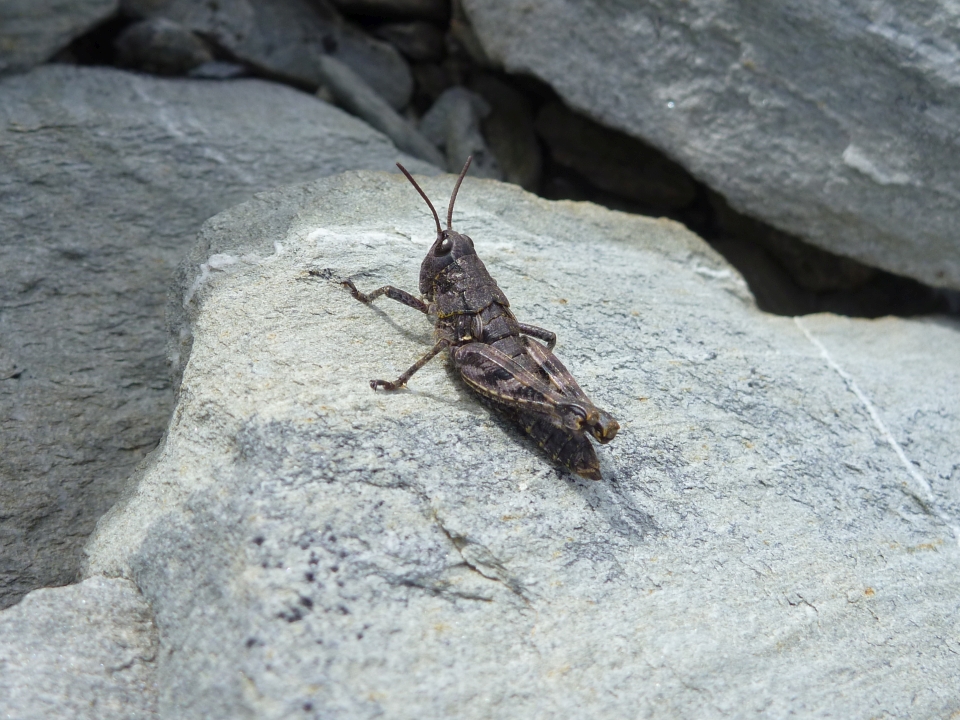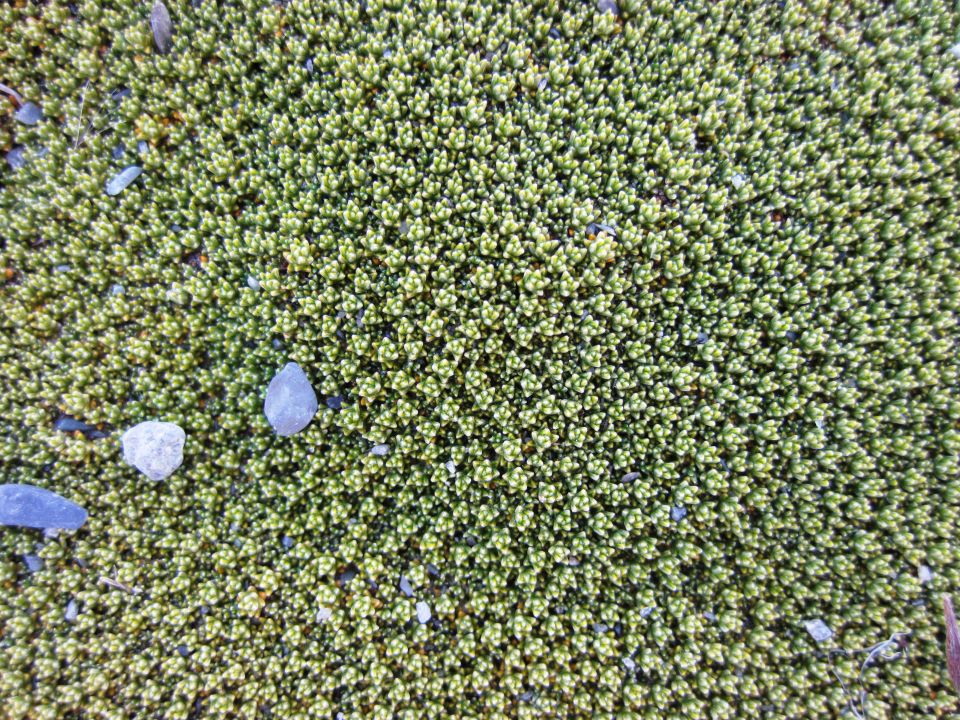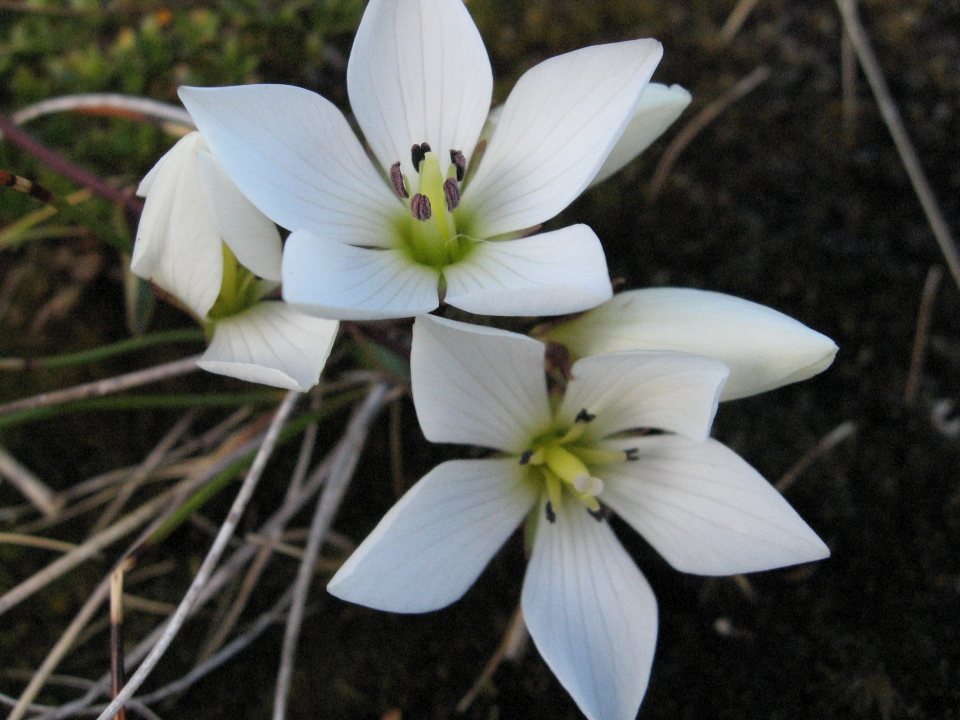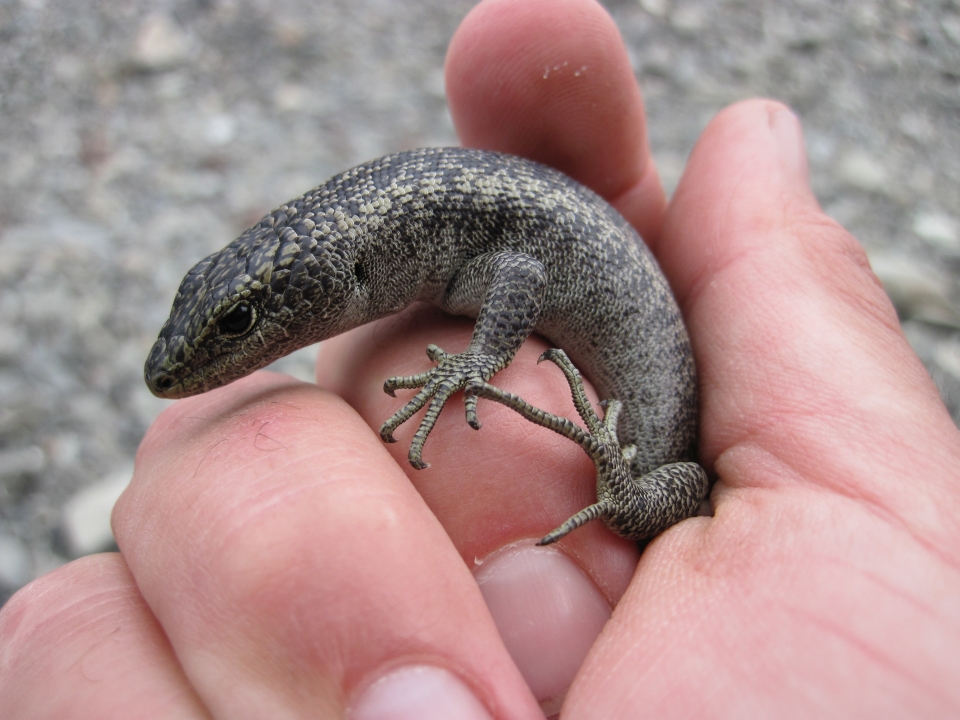A BioBlitz gives people the chance to take a closer look at what lives in an area and identify species that may otherwise go unnoticed. Scientists follow a process to classify and identify living things.
Living Things
Living things are all around us. You know that people and animals are living, but what about the trees in the forest, or even the tiny organisms in a pond? Even though they look very different from each other, they are all living things. Scientists study differences and unique features to classify, or group all living things.
Classification
Living things are classified into groups. These groups start out large and get smaller until unique features can be identified, and a species name given. Grouping living things with others who share similar features makes it easier for scientists to study them.
Scientists classify living things at seven different levels: 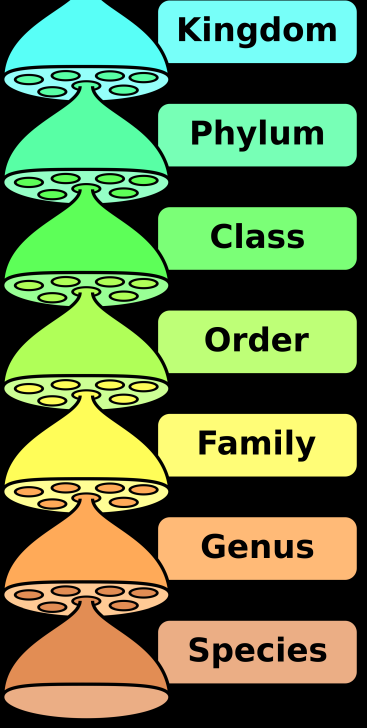
- kingdom
- phylum
- class
- order
- family
- genus
- species.
To classify a living thing scientists will study:
- how it looks
- how it reproduces
- how it moves
- genes.
Classifying species can be hard and scientists don’t always agree.
Kingdom
Scientists think there are at least five kingdoms:
- animals
- plants
- fungi
- protists (very simple organisms that can move)
- bacteria.
Some scientists have started to think about a sixth kingdom of viruses. This is still being argued around the world.
Once scientists have gone through classifying an organism into a family, they can then name it.
Genus and species
The genus and species are the names that are most often used to describe an organism. Usually there are a group of organisms that make up a genus. An example within the primate family is the genus Homo for all human species (Homo sapiens).
When naming species during a BioBlitz you can use technology such as iNaturalist to help you identify a genus and species. You may also use a common name or Māori name. For example, a kererū or New Zealand pigeon is also known as a kūkupa, kūkū, wood pigeon or native pigeon. Its scientific name is Hemiphaga novaeseelandiae.
 Scientific names are based on Latin and used all around the world. This means scientists from different countries can understand each other. Every living thing is given a two-part name that tells us which genus it belongs to and then gives a unique species name.
Scientific names are based on Latin and used all around the world. This means scientists from different countries can understand each other. Every living thing is given a two-part name that tells us which genus it belongs to and then gives a unique species name.
Ready for a quiz? Try the "Identifying Living Things" interactive activity.

